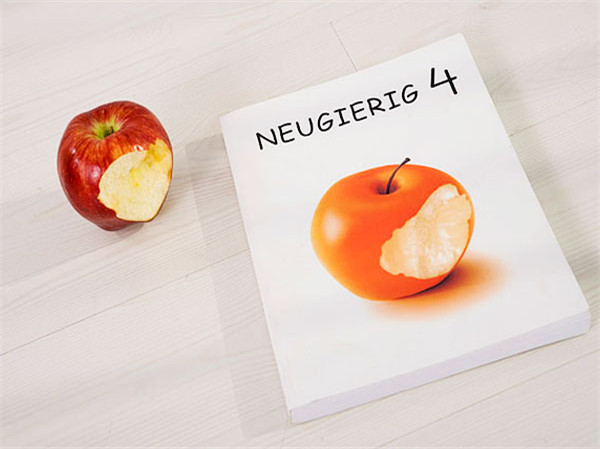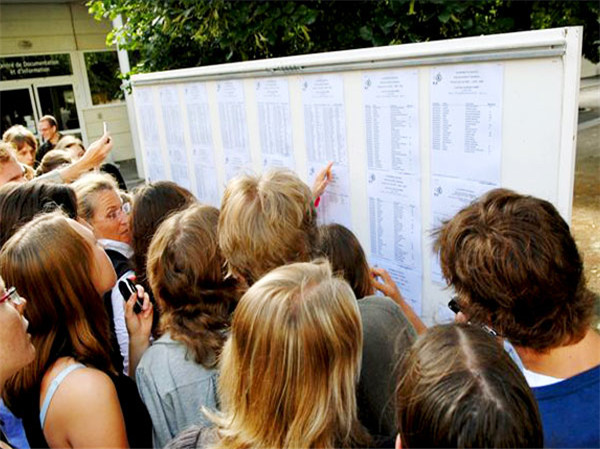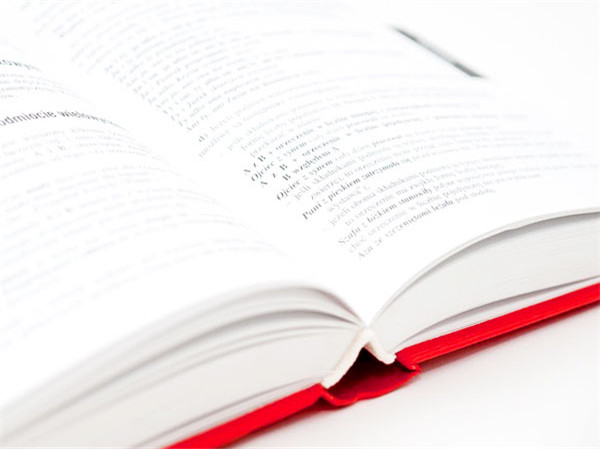
官方真题Official6托福听力Lecture1题目文本
Question 1 of 6
What is the main purpose of the talk?
A. to show what happens after an economy has experienced a boom-and-bust cycle.
B. to illustrate the conditions needed to produce a boom-and-bust cycle.
C. to demonstrate how boom-and-bust cycles have changed over time.
D. to explain why the boom-and-bust cycle is not a frequent historical occurrence.
Question 2 of 6
What is the professor's opinion about the dot-com crash?
A. she thinks that people should have realized it would happen.
B. she does not believe that anything like it will happen again.
C. she is surprised that it did not have more serious consequences.
D. she is confident that people learned a valuable lesson from it.
Question 3 of 6
According to the professor,where did tulips originate?
A. the mountains of central Asia.
B. the region around Istanbul in Turkey.
C. the sandy soils of the Netherlands.
D. the forests of northern Europe.
Question 4 of 6
Why does the professor mention a merchant who ate tulip bulbs?
A. to explain how the Turks introduce the flower to European visitors.
B. to explain what happened to tulip bulbs that did not produce desirable colors.
C. to give an example of one way that the rich in the Netherlands showed off their wealth.
D. to illustrate her point that Europeans were unfamiliar with the flower.
Question 5 of 6
What were some of the factors that contributed to the tulip craze in the Netherlands in the seventeenth century?Click on 3 answers.
A. Wealthy gardeners liked to compete for rare plants.
B. The number of people with disposable income was growing.
C. Tulip bulbs were initially cheap and easy to obtain.
D. Tulips in the wild bloomed in unusual color combinations.
E. The tulip market was not regulated by the government.
Question 6 of 6
The professor mentions the practice of trading promissory note in the Netherlands in the 1630s,what does this practice explain?Click on 2 answers.
A. why tulips replaced gold as a form of currency.
B. why buyers were no longer interested in owning actual tulips.
C. why borrowing in the Netherlands increased on a significant scale.
D. why the middle class in the Netherlands expanded in size.
查看官方真题Official6托福听力Lecture1的答案解析请进入下一页→→→
相关推荐
-
【官方真题Official托福阅读】官方真题Official3托福阅读词汇真题练习——pales&significance
2015-11-19![【官方真题Official托福阅读】官方真题Official3托福阅读词汇真题练习——pales&significance]()
-
【托福听力备考】官方真题Official听力高频词汇——文学讲座学科词汇汇总
2015-11-06![【托福听力备考】官方真题Official听力高频词汇——文学讲座学科词汇汇总]()
-
托福到底能考多少分?19年必练真题告诉你答案
APP专享![托福到底能考多少分?19年必练真题告诉你答案]()
-
【官方真题Official托福阅读】官方真题Official3托福阅读词汇真题练习——ensuing&initial
2015-11-19![【官方真题Official托福阅读】官方真题Official3托福阅读词汇真题练习——ensuing&initial]()
-
【官方真题Official托福阅读】官方真题Official3托福阅读词汇真题练习——arduous&difficult
2015-11-19![【官方真题Official托福阅读】官方真题Official3托福阅读词汇真题练习——arduous&difficult]()
-
【官方真题Official托福阅读】官方真题Official3托福阅读词汇真题练习——guarantee&ensure
2015-11-19![【官方真题Official托福阅读】官方真题Official3托福阅读词汇真题练习——guarantee&ensure]()
-
【官方真题Official托福模考】官方真题Official4托福阅读词汇真题练习 adjacent&nearby
2015-12-04![【官方真题Official托福模考】官方真题Official4托福阅读词汇真题练习 adjacent&nearby]()
-
官方真题Official4托福阅读词汇真题练习——rebound&decline
2015-12-04![官方真题Official4托福阅读词汇真题练习——rebound&decline]()
-
官方真题Official5托福阅读词汇真题练习——promote&complicate
2015-12-09![官方真题Official5托福阅读词汇真题练习——promote&complicate]()
-
【托福阅读备考】官方真题Official1托福阅读词汇真题练习——plugged&washed
2015-11-09![【托福阅读备考】官方真题Official1托福阅读词汇真题练习——plugged&washed]()
-
【官方真题Official托福阅读】官方真题Official3托福阅读词汇真题练习——devised&suggested
2015-11-19![【官方真题Official托福阅读】官方真题Official3托福阅读词汇真题练习——devised&suggested]()
-
【官方真题Official托福阅读】官方真题Official3托福阅读词汇真题练习——integral&variable
2015-11-19![【官方真题Official托福阅读】官方真题Official3托福阅读词汇真题练习——integral&variable]()
-
【官方真题Official托福阅读】官方真题Official3托福阅读词汇真题练习——particular&final
2015-11-19![【官方真题Official托福阅读】官方真题Official3托福阅读词汇真题练习——particular&final]()
-
【托福阅读备考】官方真题Official1托福阅读词汇真题练习——autonomous&artistic
2015-11-09![【托福阅读备考】官方真题Official1托福阅读词汇真题练习——autonomous&artistic]()
-
【小站推荐】官方原题Official模考软件之考托模考测试题C1
2014-05-04![【小站推荐】官方原题Official模考软件之考托模考测试题C1]()
-
官方真题Official8托福阅读词汇真题练习——disruption&exhaustion
2015-12-18![官方真题Official8托福阅读词汇真题练习——disruption&exhaustion]()
-
官方真题Official5托福阅读词汇真题练习——overwhelm&powerful
2015-12-09![官方真题Official5托福阅读词汇真题练习——overwhelm&powerful]()
-
【托福听力备考】官方真题Official听力高频词汇——歌剧讲座学科词汇汇总
2015-11-06![【托福听力备考】官方真题Official听力高频词汇——歌剧讲座学科词汇汇总]()
-
官方真题Official5托福阅读词汇真题练习——afford&offer
2015-12-09![官方真题Official5托福阅读词汇真题练习——afford&offer]()
-
托福写作批改:[综合+独立][官方真题Official19]高分作文推荐
2015-10-23![托福写作批改:[综合+独立][官方真题Official19]高分作文推荐]()
-
【托福阅读备考】官方真题Official1托福阅读词汇真题练习——out of sight
2015-11-09![【托福阅读备考】官方真题Official1托福阅读词汇真题练习——out of sight]()
定制专属课程规划
领取成功
添加助教,定制你的专属课程规划

每日提分任务
专业提分资料
全程督学答疑






















![托福写作批改:[综合+独立][官方真题Official19]高分作文推荐](http://www-static.zhan.com/uploadfile/images/auth/crop/13733499.jpg)

